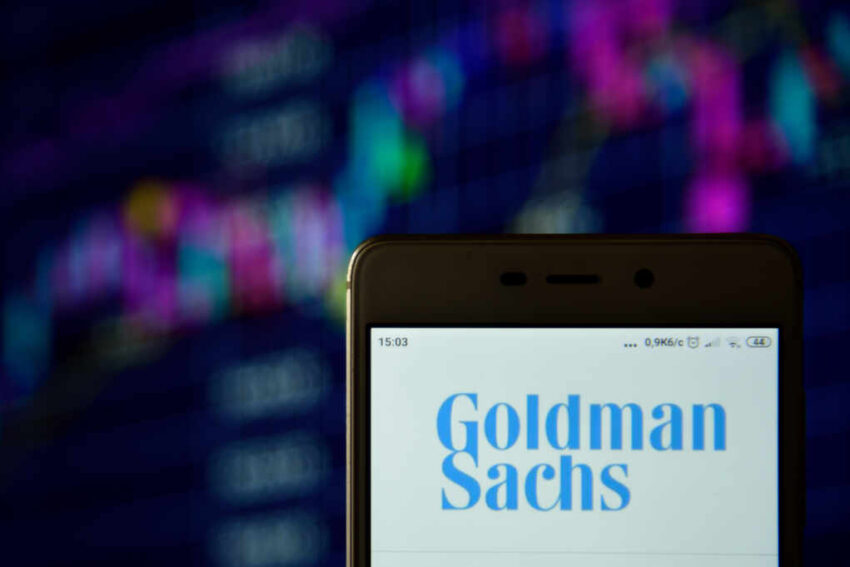Goldman Sachs just reported a stunning $3.72 billion profit for Q2 2025, but while executives celebrate soaring earnings, ordinary Americans remain trapped in a vicious cycle of inflation, debt, and political neglect.
At a Glance
- Goldman Sachs reports Q2 2025 net earnings of $3.72 billion, up 27% from last year.
- Assets under supervision reach a record $3.29 trillion, buoyed by investment banking and trading.
- The firm’s return on equity slips sequentially, even amid profit growth.
- Quarterly dividend raised by 33%, despite mounting operating expenses.
- CEO succession speculation intensifies amid leadership uncertainty.
Record Profits, Stagnant Wages
Wall Street is cheering the latest Goldman Sachs earnings: $14.58 billion in net revenues, a $3.72 billion profit, and a stock price that surged pre-market. Their secret sauce? A sharp rebound in trading and investment banking, as corporate deals accelerated and market volatility fattened trading desks. Advisory fees rocketed 26% compared to last year, while assets under supervision smashed records at $3.29 trillion.
Watch a report: Wall Street Bonuses Hit New Heights Amid Layoffs
But Main Street isn’t toasting these gains. Inflation is still ravaging purchasing power, small businesses are suffocating under complex regulations, and retirees face evaporating savings. Goldman’s dividend boost—up 33%—is a nice prize for shareholders, but most Americans are locked out of such windfalls. Despite eye-popping profits, the bank’s return on equity fell compared to the previous quarter, raising questions about the sustainability of these gains amid escalating expenses.
Government policy hasn’t helped. Years of deficit spending and corporate favoritism have enriched institutions like Goldman Sachs while everyday Americans pay the price at the grocery store and the gas pump. This is no coincidence: the Federal Reserve’s monetary experiments have fueled asset bubbles, lining pockets on Wall Street while widening the wealth gap.
Behind the Boardroom Curtain
While revenues climb, Goldman Sachs is embroiled in an internal power struggle. CEO David Solomon and President John Waldron remain fixtures at the top, but rumors abound that Waldron may exit for private equity pastures. The board, keen on retaining top brass, is lavishing executives with golden handcuffs—even as succession planning dominates internal chatter.
These maneuvers aren’t just corporate intrigue—they’re emblematic of a system where elite self-preservation trumps broader accountability. As Goldman’s upper echelon secures their futures, many employees and shareholders remain anxious. Dividend hikes offer some solace, but they’re a distant concern for Americans grappling with ballooning credit card debt and healthcare costs.
This isn’t just about one bank’s profits—it’s a warning. Goldman Sachs’ performance is a barometer for an economy designed to reward scale, connections, and financial engineering—not labor, savings, or small business innovation. The firm’s latest gains, while dazzling on paper, spotlight a growing chasm between financial elites and a population still waiting for meaningful relief.
Click this link for the original source of this article.
Author: Editor
This content is courtesy of, and owned and copyrighted by, https://thecongressionalinsider.com and its author. This content is made available by use of the public RSS feed offered by the host site and is used for educational purposes only. If you are the author or represent the host site and would like this content removed now and in the future, please contact USSANews.com using the email address in the Contact page found in the website menu.








